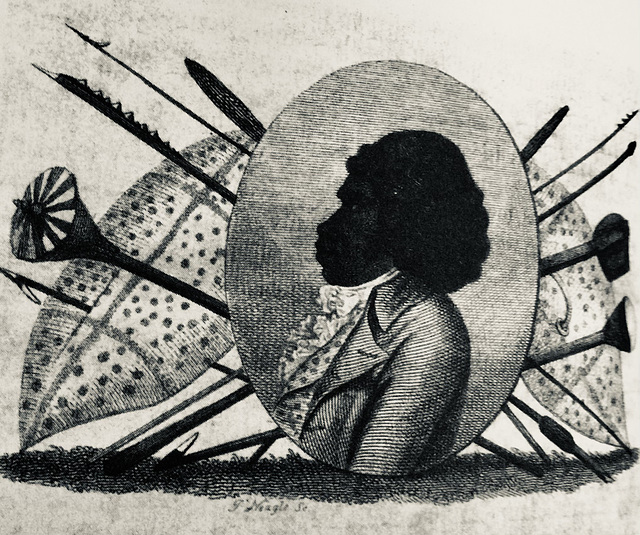THE LAST MAN
Ἱπποκράτης / Hippokrátēs
Story Telling
Cloud Nine
Dunning kruger effect
Cognitive Dissonance
JFK Flame
A Tomb of unknown soldiers
Map 4.1
Butterfly Dream
Punishments !!
The Seasons of the Year
Mosiac Portrait of Alcibiades
An Etruscan Couple
Ovid
Virgil and The Aeneid
Edward Gibbon
Egyptian Tomb-Painting
Queen Nefertari
Alexander at the Battle of Issos
Etruscan Piper
The Venerable Bede
MAP 8.3
MAP 9.1. The Routes of the Cursades
13th Century House
Kes Tres Riches Heures du Jean, Duc de Berry
XXI BUDDHA AS MENDICANT
Plate 1.1
Plate 2.5
Plate 2.7
Plate 2.6
Plate 2.9
Plate 2.10
Plate 3.31
The Jalianwalla Bagh
Plate 7.3
Fork & knife
Map 12.1
Dante Aligheri
Petrarch
Michelangelo: Medici Tomb, Florence
Homo sapiens
Cave wall painting
20,000 years ago
Olduvai Gorge
The Geographical Spread of Apes and Humans
Evolution of Intelligence
Malthus
Columbus, imbroglio et al
^ ^
Black Swans
Conversation / Social beings
Right handed preference
Night flight
Eppur si muove
African Habitat
AFRICAN HOMINID FOSSILS
Homo sapiens
^^
Lucy's foot prints
^^
^^
Gorbachev and Reagan
^^
The Haywain
The Starry Night
The Card Players
^ ^
^ ^
Inflation
The Grand Constructors
^ ^
^ ^
^ ^
^ ^
^ ^
The Haywain
The Boating Party
Le moulin de la Galette a Montmrtre
The Stone Breakers
The Threshing Floor
The Calais Pier
The Swing
^ ^
Streetcar
Punishing Serfs
Marx
^ ^
^ ^
Art: A mirror of Society
The Anatomy Lesson ~ Rambrandt (CA 1632)
^ ^
^ ^
^ ^
^ ^
^ ^
^ ^
^ ^
^ ^
^ ^
^ ^
The Siege of Vienna, 1683
Poussin:
Louis XIV
Time
Keywords
Authorizations, license
-
Visible by: Everyone -
All rights reserved
-
47 visits
Figure 3.2


Portrait of Bennelong. Engraving by James Nagel in David Collins, “Account of the English Colony in New South Wales….. (London: T.Cadell and W. Davies, 1798), reo. Reproduced by permission of Cambridge University Library
[en.wikipedia.org/wiki/Bennelong]
[en.wikipedia.org/wiki/Bennelong]
- Keyboard shortcuts:
Jump to top
RSS feed- Latest comments - Subscribe to the comment feeds of this photo
- ipernity © 2007-2024
- Help & Contact
|
Club news
|
About ipernity
|
History |
ipernity Club & Prices |
Guide of good conduct
Donate | Group guidelines | Privacy policy | Terms of use | Statutes | In memoria -
Facebook
Twitter

But civilization was not easy for the Eora man. His young countryman, Yemmerrasanie, who had traveled with him (and who die not have the dubious distinction of appearing in Malthus’s ‘Essay’), died and was buried at Eltham. Bennelong en.wikipedia.org/wiki/Bennelong himself longed for home and sickened progressively in an era when homesickness -- ‘nostaliga’ -- was real in the sense of a medical diagnosis and was considered deadly, made all the more so by the knowledge of great distance. The sailor on Cook’s voyage, had felt something like it, Banks noting in September 1770 that they “were now petty far gone with the longing for home which the Physicians have gone so far as to esteem a disease under the name of Nostalgia.” Homesickness and the traumas of separation and departure affected all of the humans at this point in the world’s history, when a whole quarter of the globe opened up to more frequent and far longer oceanic voyaging. Collins wrote that when the Aboriginal men had left Sydney, they has to endure “at the moment of their departure the united distress of their wives, and the dismal lamentations of their friends.”
The years that Bennelong was in London are the years about which least is known of Malthus’s movements, but it is known that he was then composing his first but unpublished essay. On the extant fragment sis a lengthy musing on the significance of home in the context of migration. Malthus wondered what could possibly induce familiar separation, except extreme distress. Observing the rural poor around him, he wondered “what is there to attach them to life, but their evening fire-side with their families… surely no wise legislature would discourage these sentiments, and endeavour to weaken his attachment to home, unless indeed it was intended to destroy all thought and feeling among the common people, to break their spirit, and prepare them to submit patiently to any yoke that might be imposed upon them. //During his years in London, Bennelong was immeasurably better off in material terms than the poor of Okewood, of whom Malthus wrote. But his tailored outfits, doctors attention, tutor’s guidance, and plays in town proved a pale substitute for evening fireside on the shore of Sydney’s harbor. When he did return to his own shores, Bennelong himself wrote back to his English hosts: “No me go to England no more. I am at home now.” ~ Page 110
Sign-in to write a comment.